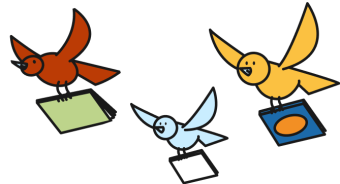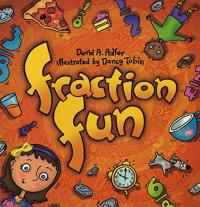
Lighthearted illustrations help the straightforward text clarify a tough concept: fractions. Using things familiar to children, the hands-on activities illuminate the ideas while kids are having fun doing “pizza math” and weighing tissues and coins.
Fraction Fun

Close-up photographs introduce animal babies who live in rain forests, from a jaguar cub to a young sloth, with lots in between. With a turn of the sturdy page, baby and mama appear together.
Animal Babies in Rain Forests
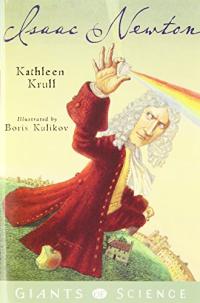
Perhaps his difficult childhood helped create the brilliant scientist (but rude man) he became. A complete portrait of Newton and his contributions to science are presented in a conversational text punctuated with droll illustrations.
Isaac Newton: Giants of Science

Dinosaurs are endlessly fascinating. Perhaps because it is hard to imagine giant lizards roaming the earth. In simple illustrations and straightforward text, the size of dinosaurs is related to more familiar things, so that children can picture this prehistoric time. Before embarking on a museum field trip, start kids thinking about how big dinosaurs were!
How Big Were the Dinosaurs?
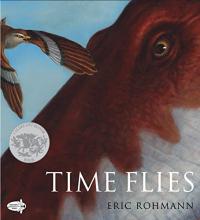
When a bird flies into an exhibit of dinosaurs, the museum walls and the bones begin to change to prehistoric times. The amazing fantasy comes full circle to a satisfying conclusion.
Time Flies
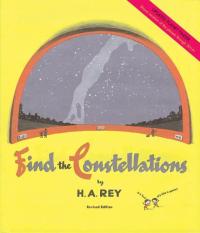
Hans Augusto Rey, best known as the creator of a small monkey named Curious George, was an amateur astronomer as well. He created this easy-to-follow guide to the night sky so that young people could get to know the constellations visible from their own backyards. A conversational, open text with simple but informative illustrations is sure to entice and inspire young star gazers.
Find the Constellations
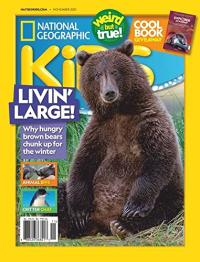
It may be the amazing photography that catches your eye, but don’t forget to read the stories, too! This fresh and fast-paced magazine contains stories, games, and activities that introduce kids to animals, science, technology, archaeology, geography, and more. Just right for the curious reader!
National Geographic Kids
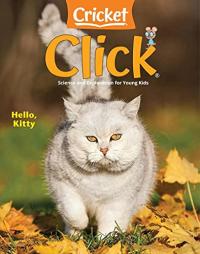
Click, a cartoon mouse, explores science and technology topics with kids. Young readers are introduced to everyday science concepts in a way that sparks their interest and curiosity.
Click

Shadows come in all sizes and shapes, but where do they come from? An understandable explanation and an engaging guessing game provide the answer, and encourage children to look closely at everyday objects. Vibrant, full-color photographs help illustrate this scientific phenomenon, making it accessible to very young children.
Guess Whose Shadow?
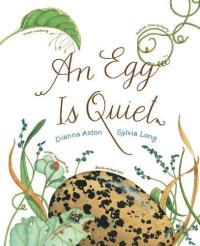
Eggs are things of beauty and great diversity. Some are large, others small. Some eggs are patterned or spotted, others are one color. Elegant illustrations and straightforward text introduce the wonder and variety of eggs, including the most exciting part — what’s inside them!
An Egg is Quiet
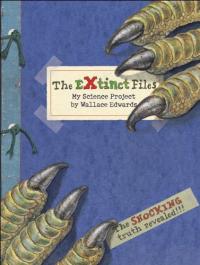
Wally starts his science project on his iguana, Spike, but is soon sidetracked by his observations which prove that dinosaurs are not extinct, but live and thrive in his neighborhood! “Photographs” and notes are often laugh-out-loud funny and cleverly formatted to look like a notebook bound with yarn.
The Extinct Files: My Science Project
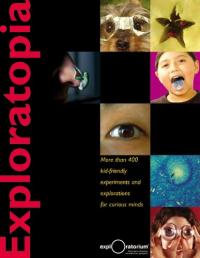
Ever wonder why some people’s eyes look red in a photograph or why egg whites can literally be whipped into shape? The Exploratorium has the answers! This hands-on museum is in San Francisco, California, but its discoveries are now available in the form of a book. With some curiosity, a bit of experimentation, and some insight from museum folk, you can explore this museum from your own home. This intriguing book can inspire curious minds of all ages.
Exploratopia
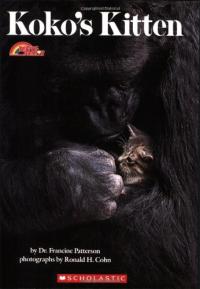
Koko was an extraordinary real-life great ape who learned hand signs to communicate with her teacher (and the author of this book). For her birthday, Koko wanted a cat. Full-color photographs emphasize not only the size difference between Koko and her kitten, but the affection and trust they shared. This sensitive and revealing glimpse at animal communication is sure to win over animal lovers of all ages.
Koko’s Kitten
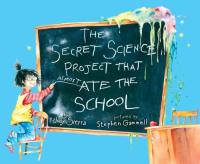
The laughs begin even before a third grader’s science project – Super Slime – gets out, and things quickly get out of hand! Goopy, frumpy, and slightly gross illustrations accompany the rhyming text, and is sure to cause laughter as the school is almost consumed.
The Secret Science Project that Almost Ate the School
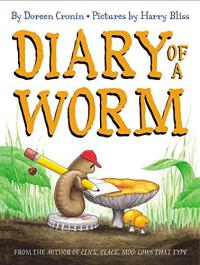
What icky creature looks the same from both ends? The worm, of course! For the first time ever, get the insider’s view of life from this creepy crawler’s perspective. He lives underground with his family, eats his homework and does his best to annoy his sister — documenting it all in a diary. Simple illustrations are the ideal complement to the understated humor (though nonetheless laugh-out-loud tone) of the text.
Diary of a Worm

One of nature’s most volatile weather events is the tornado. In this updated edition, the author presents the formation, tracking, and devastation created by twisters. Dramatic photographs and a brief list of additional resources conclude this fascinating book.
Tornadoes
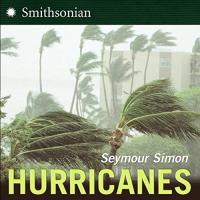
Hurricanes, their origin and their destructive power (as well as their relatives, the tropical storm and depression) are presented here in striking photographs and cogent text.
Hurricanes
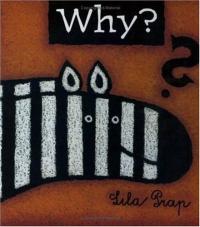
Animals can seem unusual to the uninitiated. Why do lions have manes? (No, it’s not to show off or because they eat barbers.) Why do walruses have moustaches? These “whys” and more are addressed by silly answers as well as brief facts in this attractive book of large, comic illustrations and varied typefaces.
Why?

When is “pink for crow…”? When it has “just hatched from its egg.” Vibrant, uncluttered paintings accompany the straightforward text to explore different ways of looking at things and prove that blueberries can be white!
White Is for Blueberry

Though few have ever considered dust – what it is or where it came from – this informative, evocative book may change that. Consider, for example, that the film on a computer screen may have been the dust on a dinosaur. Poetic language and suggestive illustrations pique interest through their simplicity.
Stars Beneath Your Bed: The Surprising Story of Dust

Literalist housekeeper Amelia Bedelia is back to help a teacher with the science fair. Snappy dialogue, slapstick humor, and recognizable situations are easy to read and sure to engage.
Amelia Bedelia, Rocket Scientist?

A biologist introduces spiders and their webs through stunning full color close-up photographs and a lively text. Spider facts include the arachnids’ common and scientific names, size, where they live, and what they eat. A technique to find webs and additional sources of information conclude this handsome volume.
Spiders and Their Webs

Two children play hide and seek outdoors on a warm night. Little do they know that a culex, a newly matured mosquito, is also looking for them. Bordered, color photographs taken with an electron microscope are inserted on black and white photographs of the playing children. Additional information about mosquitoes, micrographs, and more is appended in this fascinating and informative book.
Mosquito Bite

The garden that Eddie and his Mum plant while his younger sister “helps” grows in the warm earth with the help of sun, rain, and beneficial creatures like worms. Eddie learns that other creatures (like slugs) eat plants. This gentle, engaging family story informs and illuminates many aspects of gardening.
